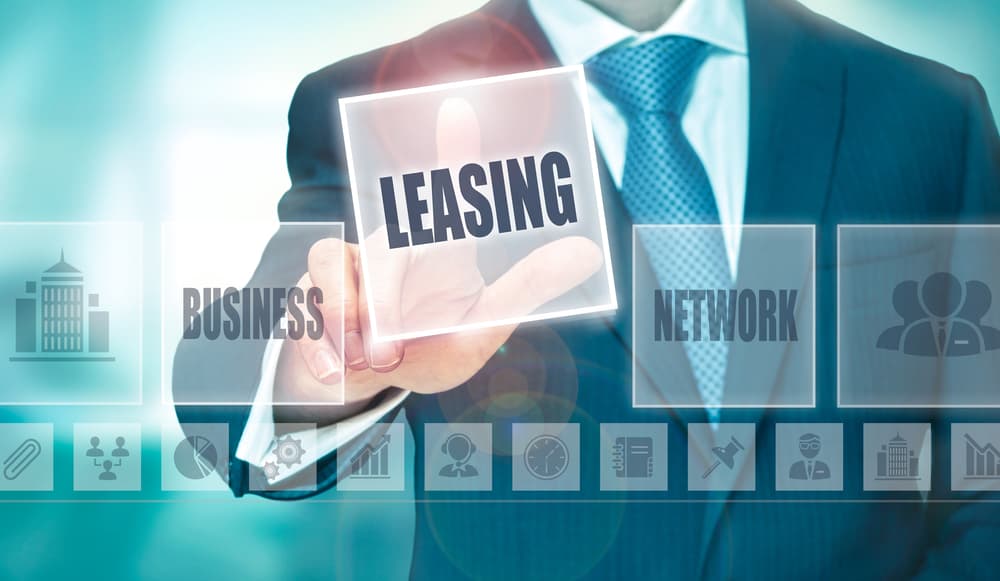10 Considerations for Your Multifamily Property Lease Agreement
Making the decision to invest in multifamily property may mean stepping into the role of landlord (if, of course, you intend to hang on to the property long-term). Becoming a landlord is a lot of work and should not be taken lightly. Above and beyond just maintaining the property itself, you will need to make sure that you adequately protect both yourself and the unit’s you are renting through the execution of a well-planned, legal and binding lease agreement. While there are various lease agreement options, here are ten things you won’t want to forget to address!
1. Names and Number of Tenants
Multifamily property varies exponentially in size, making it extremely important to clearly outline in your lease agreement the number of tenants allowable in a given unit. Each tenant who will be occupying the premises should be listed on the lease agreement as well. This will ensure that every person living there is equally responsible for upholding their end of the lease and also that, should any violations of the lease terms occur, you will be able to terminate the lease.
 2. Term of Tenancy
2. Term of Tenancy
This is, perhaps, the most important component of the lease agreement between you and your tenant in a multifamily property. It will ensure that you and your tenants are on the same page as to how long they will be dwelling on the premises. Most lease agreements begin at 12 months, while a rental agreement can run on a month-to-month basis (therefore meaning that the terms can change at any time and the lease can be terminated quickly by either party). This section should also outline how you expect renewals and termination options to be addressed at the end of the lease.
3. Monthly Fees Due
Most obviously, this refers to the monthly rent that will be due on a unit and the date which it is expected to be paid each month. Above and beyond that, this section of the lease agreement should denote what other financial responsibilities (if any) the tenant will need to handle. For example, if the tenant will pay for their electric, water, cable, and/or internet connection, this information would need to go here.
4. Deposits & Additional Fees
If you will be requiring a first, last or security deposit from your tenant, an application fee, background check fee, or pet deposit (to name a few), this information will need to be included in your agreement as well.
5. Right of Entry
In the event that you need to enter your multifamily property and your tenant is unavailable or unwilling to provide you with entry, your lease agreement will need to specify the conditions under which you will do so anyway. State law often dictates how these matters should be handled, so make sure that your lease is in compliance with your local laws.
6. Repairs & Maintenance
Your lease agreement should clearly state who is responsible for the maintenance and repairs of the unit in question, as well. If this is not determined within the lease, your tenant could cause damage and not be held liable for fixing it.
7. Pet Policy
If you intend on allowing your tenants to have pets, a section clarifying your pet policy will also be necessary. This is where you will put forth any breed, weight or class restrictions, as well as determine how damage caused by pets will be handled at the end of the lease agreement.
8. Dispute Resolution
Part of being a landlord in a multifamily property is learning to effectively handle disputes. In order to make this process easier for both yourself and your tenants, the complaint and resolution procedure should be explained in detail. It should offer your tenant a clear, step-by-step process that should be followed to make a complaint, as well as let them know how they can expect a complaint to be dealt with and in what time frame.
9. Grounds for Eviction
Having a tenant who is engaging in illegal activity or continually disruptive behavior can put you, the landlord, at risk. It is, therefore, extremely important to define what constitutes as disruptive behavior and to clarify how it will be dealt with and what types of activities qualify as grounds for eviction.
10. Alterations to Unit
Finally, it will be necessary to explain what alterations are allowed and not allowed within the unit (paint colors, nails in the walls, etc).
Are You Searching for Multifamily Property in Hattiesburg of the Surrounding Areas?
If you’re ready to consider becoming a landlord, multifamily property is a great place get started in commercial real estate! At SVN | Southgate Realty, LLC, our team is ready to help you make your multifamily dream a reality. We have some incredible multifamily opportunities to share with you! Reach out to one of our team members today to start looking!

No Comments